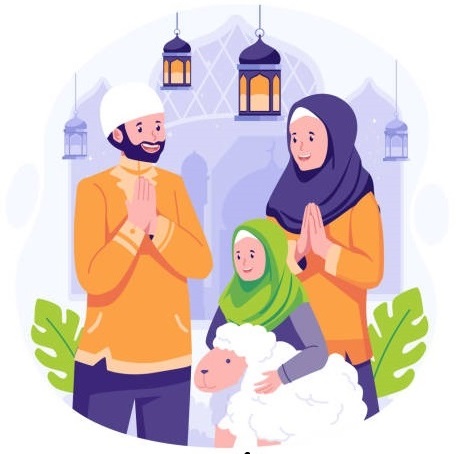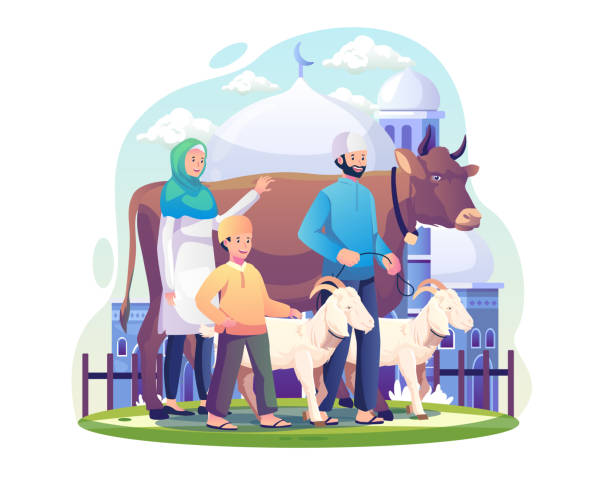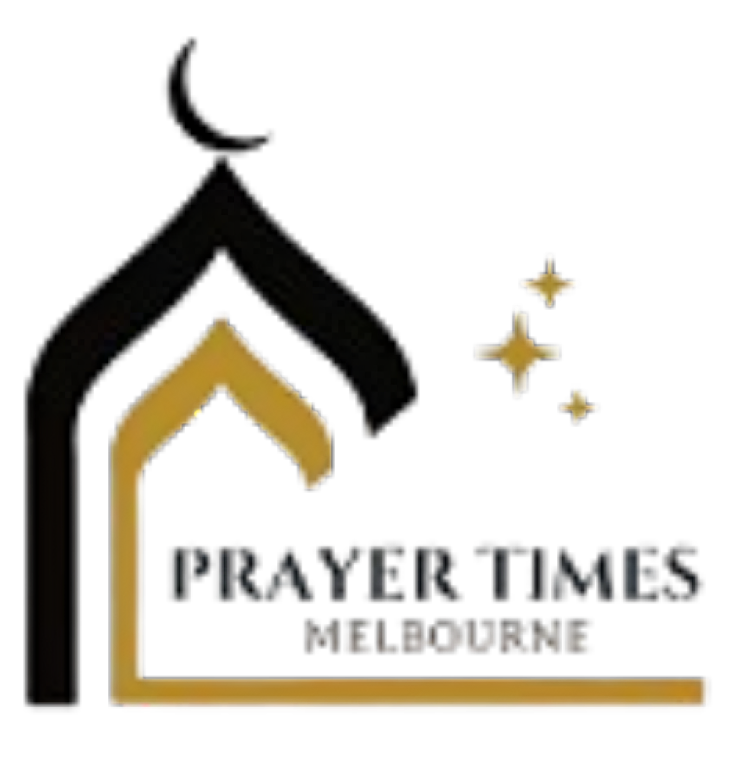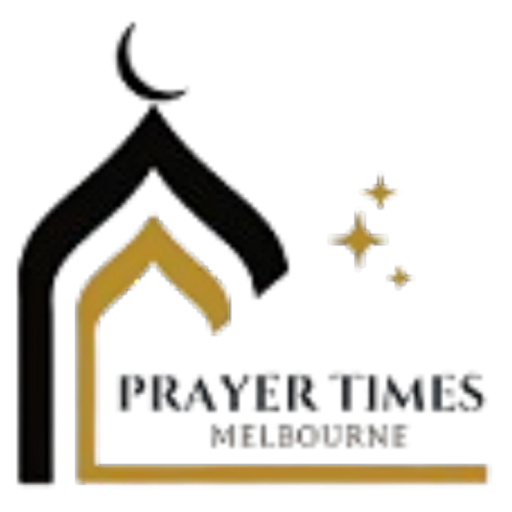Eid Ul Adha
Eid Ul Adha
Muslims celebrate the Eid Ul Adha Australia with spiritual faith and great welcome. From communal prayers to vibrant community events and acts of charity, the city’s diverse Muslim population embraces the festival’s spirit of faith, unity, and generosity.
Eid Ul Adha (Arabic: عيد الأضحى, Feast of Sacrifice’) is the second of the two principal holidays in Islam, aside from Eid Ul Fitr. It occurs on the 10th of Dhu al-Hijja, the twelfth and last month of the Islamic calendar. Traditions and rituals are usually continued through the three succeeding days, which are called the Tashreeq days. Eid Ul Adha is also known as Eid II or “Greater Eid” in Arabic.

In Islamic tradition, it commemorates the willingness of Hazrat Ibrahim (A.S) to sacrifice his son Hazrat Ismael (A.S) in obedience to God’s command. Depending on the narrative, it is either Hazrat Ismael (A.S) or Hazrat Isaac (A.S) who are addressed with the title “Sacrifice of God” Pilgrims conducting Hajj usually perform the tawaf and saee of Hajj on Eid Ul Adha, along with the ritual stoning of the devil on Eid day and the following days.
The Essence of Sacrifice
The Essence of Sacrifice
Eid Ul Adha is anchored in the story of Prophet Ibrahim’s (AS) faith. It symbolizes submission, trust, and devotion. Muslims are reminded of these values as they take part in the sacrificial event of slaughtering livestock, a ritual that goes with gratitude for Allah’s favors, as well as compassion towards others.
The Role of Qurbani
Qurbani, or the ritual sacrifice of animals, is central to Eid al-Adha. The meat is divided into three portions:
- One for personal consumption
- One for relatives and friends
- One for the underprivileged, poor, and needy persons (who can’t afford)
This practice emphasizes sharing and ensures that everyone, regardless of socioeconomic status, can partake in the Eid Ul Adha festivities.

Religious Significance of Eid Ul Adha:
The Eid al-Adha festival has a special atmosphere of peace, respect, giving, and receiving, as well as sharing and caring. It is a special day for children because it is a day to socialize with family, friends, and other children in celebrating Eid Ul Adha Australia. Many Muslims are united in prayer at mosques and other appropriate venues during Eid al-Adha. People also exchange gifts with one another and celebrate feasts together.
Eid al-Adha also falls after the yearly pilgrimage to Mecca in Saudi Arabia. This pilgrimage is for Muslims all over the world, for they have to make a Hajj once in their life. Some of the Muslims residing in Australia may travel to Mecca before Eid al-Adha for this annual journey.

Religious Significance of Eid ul Adha:
The Eid al-Adha festival has a special atmosphere of peace, respect, giving, and receiving, as well as sharing and caring. It is a special day for children because it is a day to socialize with family, friends, and other children in celebrating Eid al-Adha. Many Muslims are united in prayer at mosques and other appropriate venues during Eid al-Adha. People also exchange gifts with one another and celebrate feasts together.
Eid al-Adha is also a time for many Muslims to make donations to the poor and the needy. This observance is known as the Feast of Sacrifice because it traditionally includes the sacrifice of an animal permitted for food, such as a lamb, as an act of thanksgiving for God’s mercy. Some of the food is donated for charitable purposes.
Eid al-Adha also falls after the yearly pilgrimage to Mecca in Saudi Arabia. This pilgrimage is for Muslims all over the world, for they have to make a Hajj once in their life. Some of the Muslims residing in Australia may travel to Mecca before Eid al-Adha for this annual journey.
The Ritual of Animal Sacrifice (Qurbani)
Types of Halal Animals for Qurbani
Animals must meet specific Islamic criteria
They must be healthy, free from defects, and of the required age (six months for sheep, one year for goats, two years for cows, and five years for camels).
Essential Etiquette for Eid Ul Adha Australia
- Pay Zakat al-Fitr: Ensure this obligatory charity is given before the Eid prayer.
- Dress Modestly: Wear clean and modest attire in keeping with Islamic values.
- Greet Others Warmly: Exchange the greeting “Eid Mubarak” to wish others a blessed Eid.
- Hume Islamic Youth Centre (HIYC): Hosts Eid prayers followed by community events.
How is the Eid prayer performed?
Way of Performing Eid Ul Adha Australia Prayer
The Eid prayer, often called Salat al-Eid, is a congregational prayer offered on the days of Eid ul-Fitr in the morning. The procedure to do it follows the following:
Preparatory step
- Do Wudu since one needs it to offer any prayer.
- Wear pure clothes and clean attire, often using the best ones that he owns.
- Go to the mosque or place of praying earlier.
Niyyah or Intention
Ritual of Prayer
First Rakat
Second Rakat
Khutbah (Sermon)
What Takbeer is Recited on Eid Days?
The Takbeer for Eid Ul Adha Australia is a declaration of Allah’s greatness, traditionally recited aloud by individuals or congregations during the days of Eid. It is as follows:
“Allahu Akbar, Allahu Akbar, Allahu Akbar, La ilaha illallah, Allahu Akbar, Allahu Akbar wa Lillahil Hamd.”
Translation: “Allah is the Greatest, Allah is the Greatest, Allah is the Greatest. There is no deity but Allah. Allah is the Greatest, Allah is the Greatest, and to Allah belongs all praise.”
This Takbeer is recited starting from the night before Eid until the Eid prayer on Eid ul-Fitr and during the three days of Eid ul-Adha.

